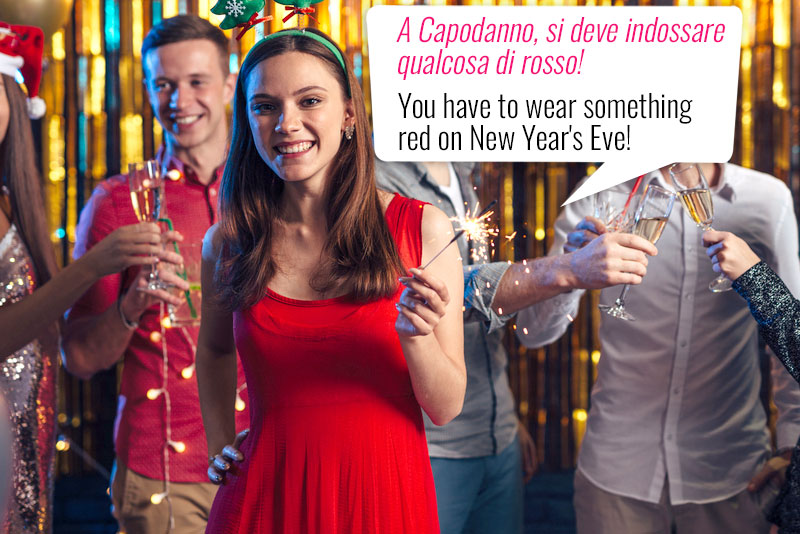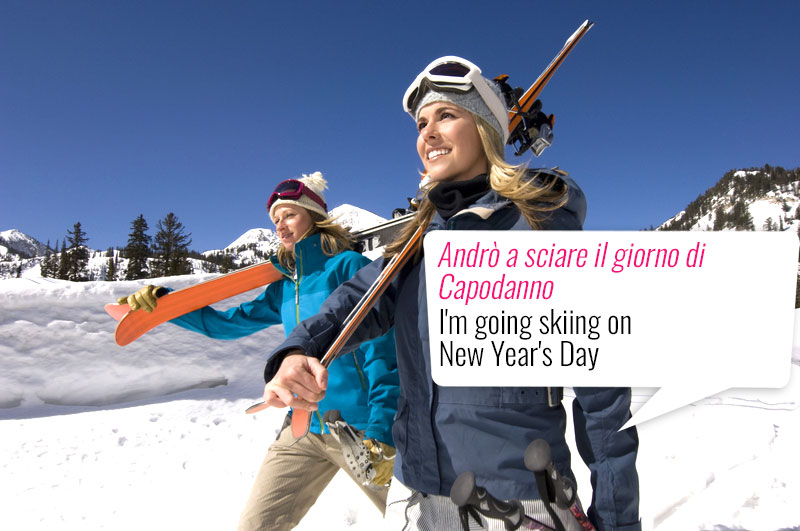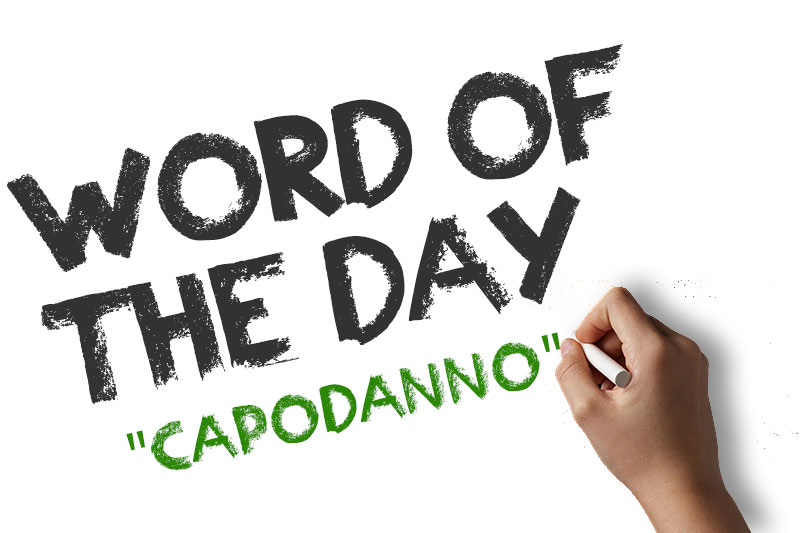After this necessary preamble, let us look at this week’s word, the Italian for New Year, more closely.
For those familiar with the language, its etymology is clear: Capodanno comes from capo d’anno, the literal “head of the (new) year.” To be more precise, and as you would expect from an Italian word, it derives from the Latin caput anni, which means the same thing.
Of course, Capodanno refers to the first day of the new year, the 1st of January, but in Italian it is also used to indicate the celebration of the Eve (the 31st of December).
Capodanno appears in many typical expressions and locutions of our beloved language: for instance, we have cenone di Capodanno, the traditional food feast Italians enjoy while waiting for midnight on the 31st. Cenone doesn’t refer only to the dinner itself, but also to its menu: typical of it are lentils, zampone (a traditional type of sausage) and mashed potatoes, rigorously served at midnight. Lentils, in fact, are a real necessity at Capodanno, as they are synonym of money and luck.
Then, we have the veglione di Capodanno, (from veglia, “vigil”), the typical party organized to wait for and celebrate the coming of the New Year, which usually involves a cenone, music, dancing and, of course, a midnight conto alla rovescia, or countdown.

— Che cosa fai per Capodanno?
–What are your plans for New Year’s Eve?

— A Capodanno, si deve indossare qualcosa di rosso!
— You have to wear something red on New Year’s Eve!

— Andrò a sciare il giorno di Capodanno.
— I’m going skiing on New Year’s Day




























